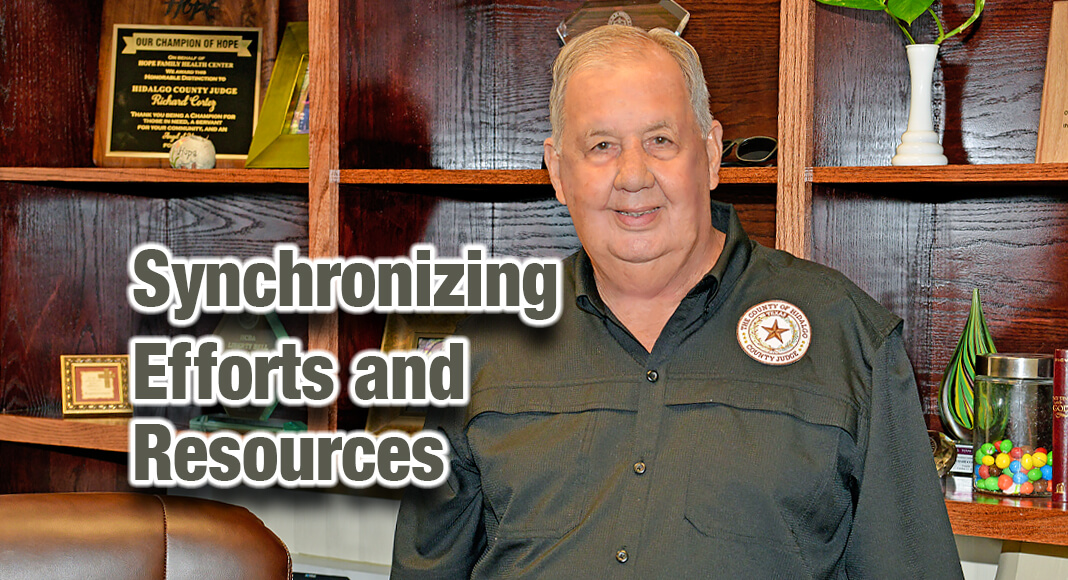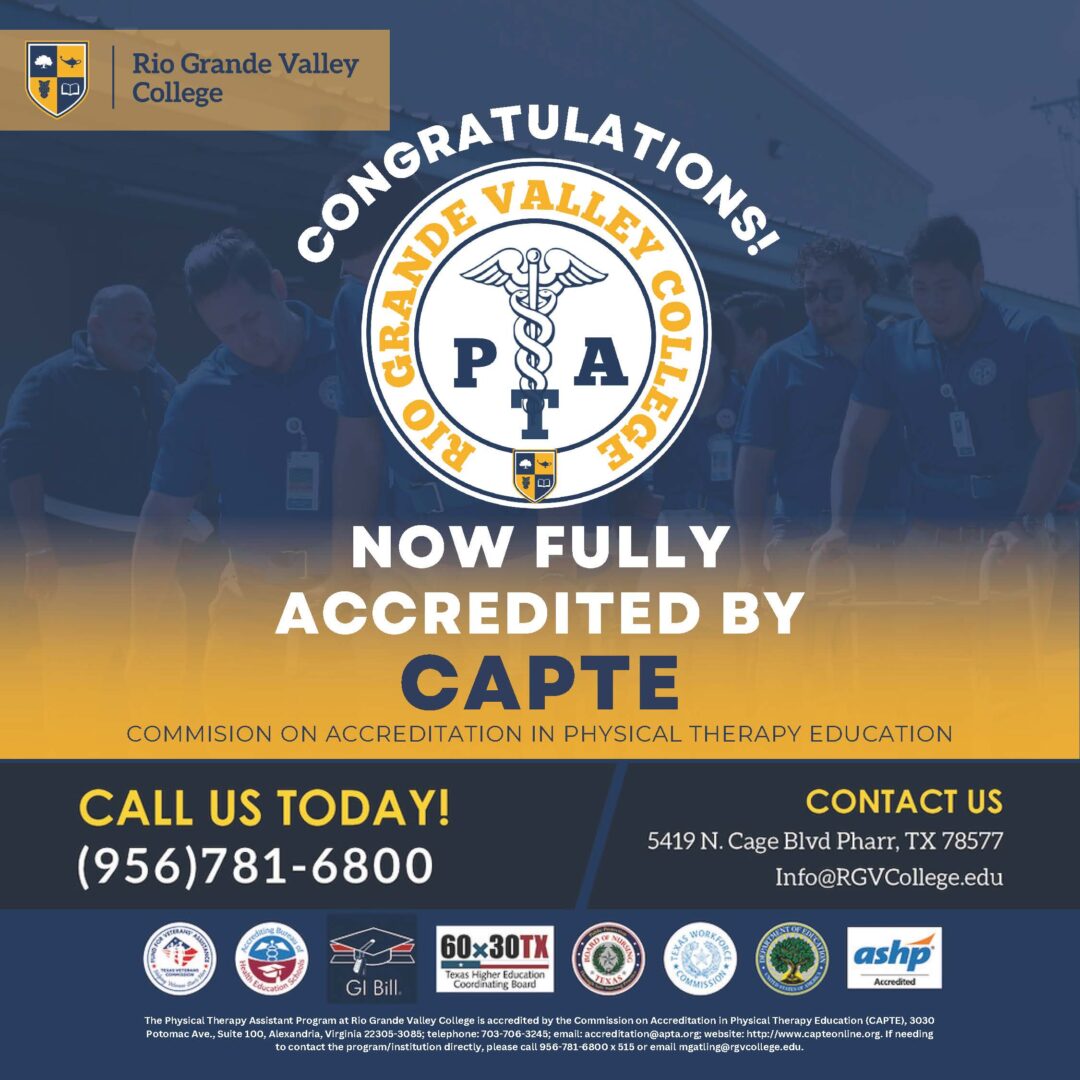
Texas Border Business
By Roberto Hugo González
At a significant event titled “CEOs Unite, Let’s get Uncomfortable: Economic Data Team, ” Hidalgo County Judge Richard F. Cortez, known for initiating the Hidalgo County Prosperity Task Force to combat poverty, played an essential role. The event was a collaborative effort between Futuro RGV, the Hidalgo County Prosperity Task Force, South Texas College, and the RGV Partnership.
The forum was a critical platform for leading business figures and stakeholders to discuss the economic and educational future of the region. It represented a significant convergence of ideas, signaling a new era of regional development and highlighting the vital contributions of various individuals and businesses in steering the community’s future trajectory.
Prominent attendees included Jim Collins from Mayfair and Rioco Partners, Joaquin Spamer, Commodities Integrated Logistics (CIL) president, and Val LaMantia from L&F Distributors.
Judge Cortez, the driving force behind this initiative, was celebrated for his visionary leadership and was prominently featured at the event.
Following Judge Cortez’s introductory remarks, the event’s focus shifted toward the practicalities of realizing the ambitious vision for the Rio Grande Valley. As Judge Cortez outlined, the Prosperity Task Force is a key mechanism in this transformative journey. This task force is not an imaginary entity but a structured, action-driven group poised to break down the barriers that have historically impeded progress in the region.
The key to the Task Force’s approach lies in its integrative nature. Judge Cortez stated, “With 47 cities spanning the Rio Grande Valley’s two counties, the challenge has always been to synchronize efforts and resources.” He continued, “The Prosperity Task Force aims to unify these diverse entities under a common objective, ensuring that plans are formulated and effectively executed. This unity is vital in harnessing the area’s unique potential and turning it into tangible outcomes.”
Judge Cortez emphasized the necessity of adapting to the rapidly changing world. In a landscape where the jobs and skills of tomorrow are evolving, the region cannot afford to be complacent. The Task Force, therefore, is tasked with a dual objective: addressing today’s immediate needs while strategically planning. This anticipation is crucial for the Rio Grande Valley to remain competitive and thrive in a dynamic global environment.
The engagement of the community and its leaders, as seen in the event, demonstrated the collective will present in the region. The availability of various tools and resources was acknowledged, but as Judge Cortez pointed out, what is needed now is the will to employ these effectively. The Prosperity Task Force is envisioned as an example of this will, a collaborative effort that harnesses the collective strength and diversity of the Rio Grande Valley to forge a prosperous future.
The message that resonated all morning during the forum was clear: the path to prosperity is paved with collective effort, strategic planning, and, most importantly, decisive action. The Rio Grande Valley, with its unique challenges and opportunities, is poised to embark on this journey, guided by the vision and structure provided by the Prosperity Task Force.
The culmination of the event hosted by Futuro RGV, South Texas College, and RGV Partnership was marked by a call to action spearheaded by Thomas Garcia’s insightful interaction with the audience and after appreciating Judge Cortez’s vision, as highlighted by Nedra S. Kinerk, the President of Futuro RGV, reminded everyone about the survey left on the table for them to fill up with their ideas and plan of action.
Garcia told the story of his encounter with high school students outside the stage as a moving illustration of the eagerness and potential within the youth of the Rio Grande Valley. These students, who had taken the initiative to attend the forum, expressed a desire for greater involvement and access to such information in their educational journey. This interaction underlines the importance of engaging the younger generation in the region’s developmental dialog.
As Garcia explained, the survey is crucial in this engagement process. It’s not merely a collection of opinions but a bridge connecting the attendees’ insights and aspirations with actionable pathways.
This survey asks the participants to reflect on what they learned from the forum and to identify specific actions they or their organizations are willing to undertake.
The simple act of filling out the survey and leaving it on the table symbolizes a commitment to being part of the region’s developmental journey. The assurance of follow-up from the Prosperity Task Force team instills confidence that each voice will be heard, and each suggestion considered.















